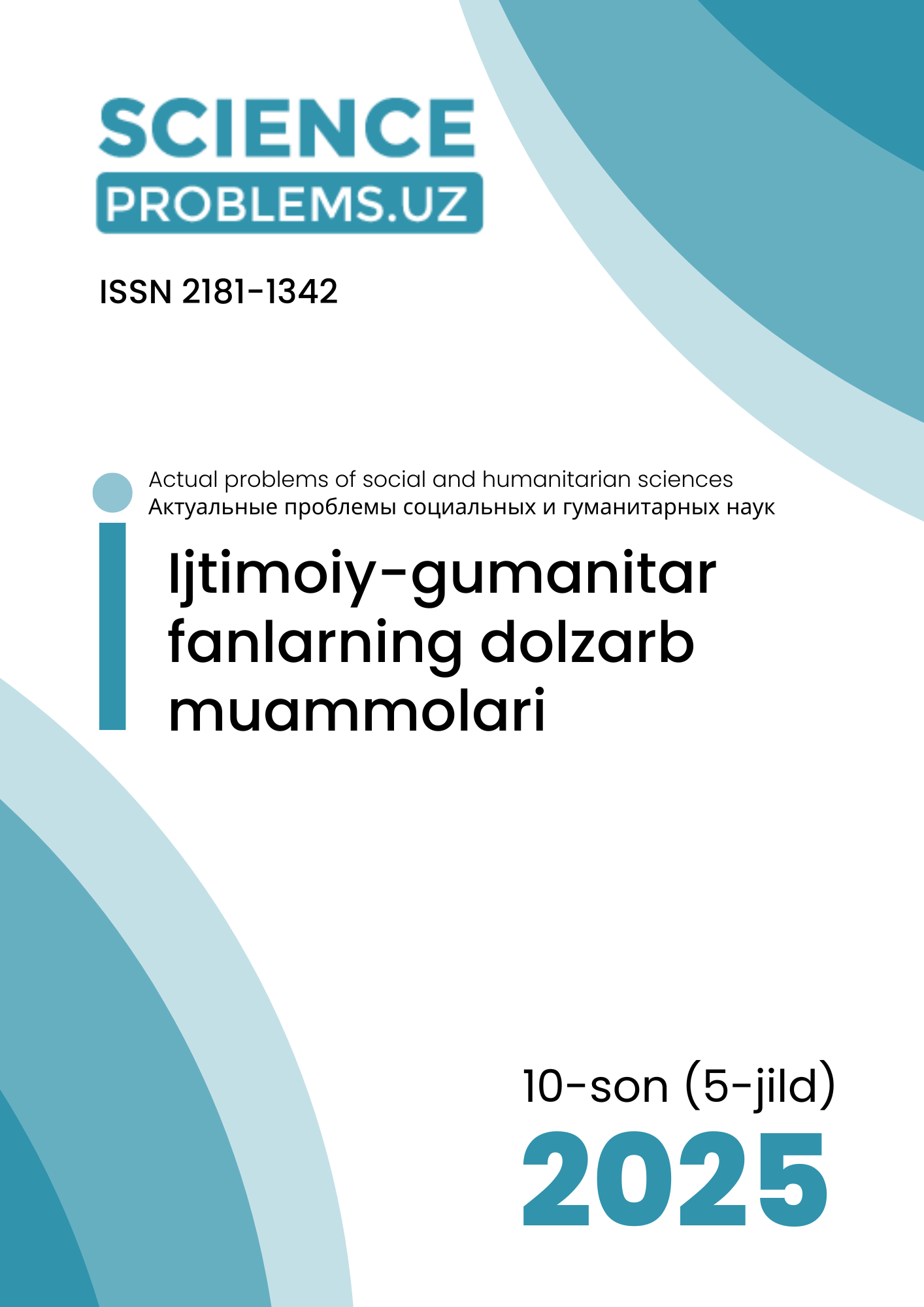THEORETICAL DOCTRINE OF AIR CARRIER LIABILITY
DOI:
https://doi.org/10.47390/SPR1342V5I10Y2025N58Keywords:
Montreal Convention; strict liability; fault-based liability; doctrine of exemption from liability; negligence; limited liability; comparative liability; aviation safety; passenger rights; international air law; carrier liability.Abstract
This article analyzes the theoretical doctrines of carrier liability in international air law, in particular, the innovations introduced by the 1999 Montreal Convention to the Warsaw System. The study focuses on the three main doctrines of the Convention: strict liability, a two-tier liability system, and the doctrine of exoneration. The Montreal Convention, in order to strengthen the rights of passengers, established the concept of strict liability up to 100,000 SDR and simplified the consideration of claims. At the same time, it harmonized strict liability and fault-based liability through a two-tier system and, through Article 20, allowed for the reduction or elimination of liability due to the negligence of the passenger. In addition, the concept of limited liability is highlighted as an institution that ensures financial stability for carriers and insurers. Doctrinal and legal analysis, national legislation and case law demonstrate that these mechanisms are a hybrid model that serves to protect passenger interests and ensure the economic security of airlines.
References
1. Clarke, M. (2013). International Carriage of Goods by Air. Informa Law.
2. Christopher Loxton. Exoneration. The commentary on Montreal convention. A commentary. P 222 http://dx.doi.org/10.4337/9781800889866
3. Committee on Foreign Relations, Senate Executive Report 108-8 on the Convention for International Carriage by Air (Treaty Doc 106-45) and Protocol to Amend the Convention for Unification of Certain Rules Relating to International Carriage by Air (Treaty Doc 107-14) (29 July 2003) https:// www .congress .gov/ congressional -report/ 108th -congress/ executive -report/acsess date: 27.07.2025.
4. Dempsey, P.S. (2005). Aviation Liability Law. LexisNexis.
5. ICAO Legal Committee Report (2001). Unification of Certain Rules for International Carriage by Air. Legal Affairs Section. https://www.icao.int/secretariat/legal/Chronological%20Record/new_ratifications_2001.htm
6. Leloudas Georges. Risk and Liability in Air Law. Chapter VI.
7. Международная конференция по воздушному праву. (Конвенция для унификации некоторых правил международных воздушных перевозок). Монреаль, 10-28 мая 1999 г. T. I. Протоколы.// ICAO Doc. 9775.
8. Milde, M. (2008). International Air Law and ICAO. Eleven International Publishing.
9. Остроумов Н.Н. Правовой режим международных воздушных перевозок: монография. М.: Статут, 2015. 396 с.
10. Остроумов Н.Н. Проблемы унификации и совершенствования правового режима международных воздушных перевозок: дис. ... доктора юридических наук : 12.00.03 / Остроумов Николай Николаевич;— Москва, 2013. — С.414.
11. Садиков О.Н. Правовое регулирование международных перевозок. М.: Юрид. литература, 1981 С. 86-87;
12. Xalqaro havoda tashishning ayrim qoidalarini birlashtirish to'g'risidagi Monreal Konventsiyasi (1999 y.) https://www.iata.org/contentassets/fb1137ff561a4819a2d38f3db7308758/mc99-full-text.pdf
13. Xalqaro havoda tashishning ayrim qoidalarini birlashtirish to'g'risidagi Varshava Konventsiyasi (1929 y.) https://www.mcgill.ca/iasl/files/iasl/warsaw1929.pdf
14. O‘zbekiston Respublikasi Fuqarolik kodeksi. // URL https://lex.uz/docs/-180552








